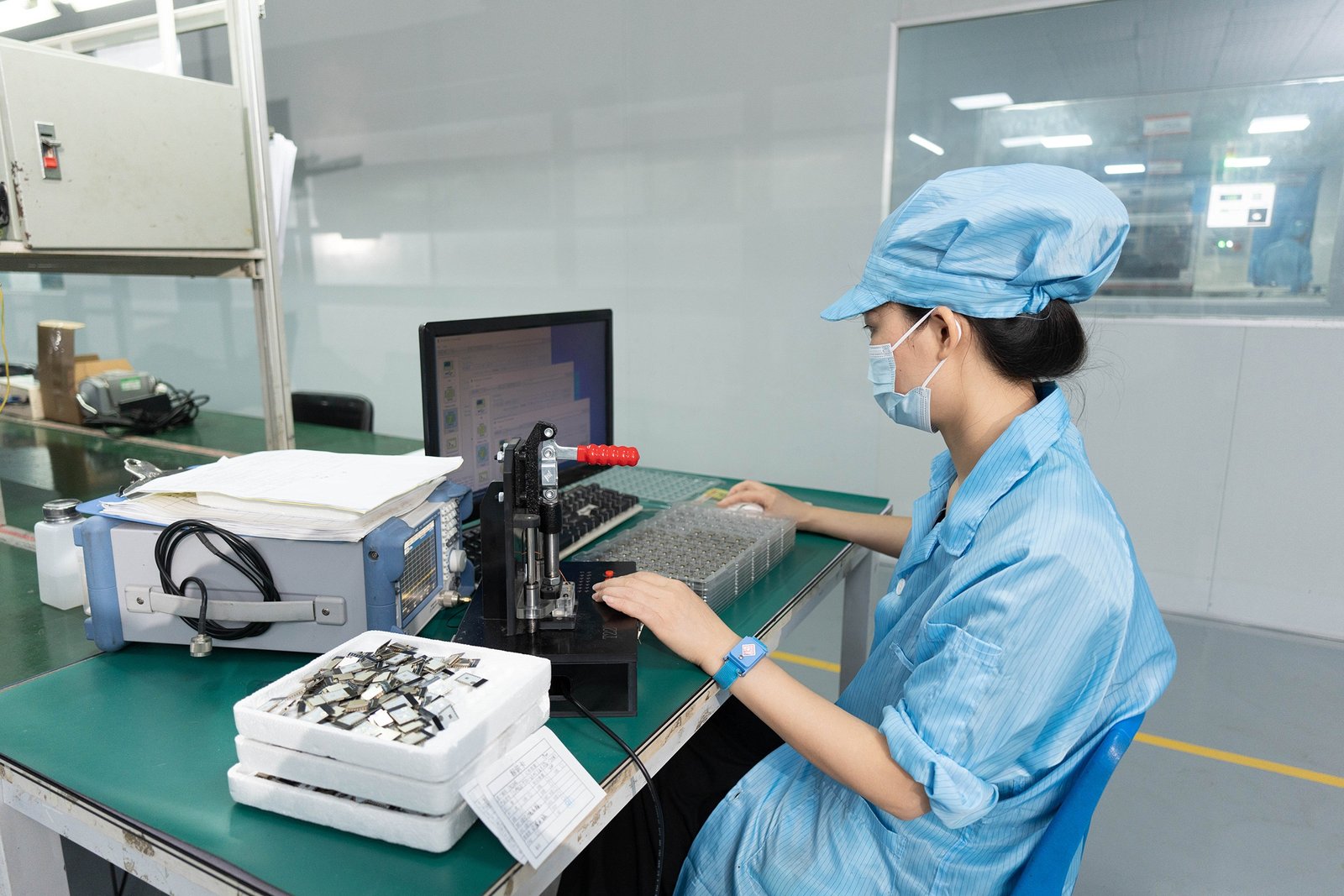What Does Most Damage to Circuit Board? Causes, Repair, and Prevention for PCB Circuits
Explore what does most damage to pcb circuits, including burnt circuit board, burnt PCB trace, short
What Is an ICT Tester? A Comprehensive Guide to In-Circuit Testing for PCB/PCBA
Table of Contents
Toggleict tester plays a crucial role in ensuring product reliability in PCBA manufacturing. But what does ICT stand for, and why is in-circuit testing so widely adopted? This in-depth guide explains what is an ICT tester, how various ICT tests work, the role of circuit testing in PCB production, and how you can integrate automated testing machines into your quality workflow.
ICT stands for In-Circuit Testing, also referred to as ICT tests or in-circuit test. It is a performance and quality assurance method used during printed circuit board testing to inspect individual components directly while they are still mounted on the PCB assembly.

A bed-of-nails tester uses spring-loaded pogo pins to contact test points on the PCB (known as a circuit board tester) simultaneously across the board—ideal for high-volume production.
For prototypes or low-volume runs, flying probe testing avoids physical fixtures, offering flexibility at slower test times.
In a typical in-circuit tester setup:
(1)Contact Test: Verifies probe connections to PCB test points.
(2)Shorts & Opens: Detects assembly defects like missing or incorrectly soldered components.
(3)Analog & Resistance Measurements: Tests capacitors, resistors, and analog ICs for correct values.
(4)Powered Digital Testing & Boundary Scan: Verifies logic components and JTAG-programmed devices.
(5)Optional Functional & Programming Steps: Includes flash memory programming and device configuration.
ICT tests can validate:
Individual component placement, values (electrical circuit testing).
Shorts, opens, incorrect or missing ICs and passive parts.
Voltage, logic levels, and analog behavior.
Advanced scenarios like LED color testing, high-frequency crystal oscillation, or boundary scan coverage.
High precision in identifying component-level defects quickly with outstanding circuit board testing procedures.
Highly efficient for mass production with fast cycle times.
Offers precise localization for rework, minimizing downtime.
High upfront costs for custom ICT test fixtures and software setup.
Requires elite design for testability, including test points and robust pad layout.
Mechanical stress from pogo pins may damage pads (pad cratering), especially if not properly supported.
ICT focuses on structural integrity—shorts, opens, and component presence—while Functional Testing (FCT) verifies full device operation under simulated working conditions. Use ICT for assembly validation; use FCT for final product performance. Combined usage is common for comprehensive QA.
Market offerings include Teradyne TestStation and Keysight ICT systems, designed for scalable test coverage across thousands of test points.
Customizable control software configures test sequences, logs data, and integrates with MES systems for process optimization and quality traceability.
Incorporate test pads and access points during PCB layout for easy probing.
Design for minimal board flex and proper support points to prevent pogo pin damage.
Use techniques like bead probe technology to enable test access on dense, high-speed PCB traces when traditional pads aren’t feasible.
While initial investment is significant, ICT testing becomes highly cost-effective for medium-to-high-volume production. It reduces scrap, rework, and warranty costs through early defect detection and comprehensive coverage—often exceeding 85–90% coverage per board.
Boundary Scan (JTAG) testing and Bead Probes augment traditional ICT setups, bringing deeper access to complex or fine-pitch circuitry.
| Feature / Method | Capabilities & Notes |
|---|---|
| ICT Tester / ICT Tests | High-speed, component-level diagnostics; shorts, opens, component checks, analog/digital |
| Bed-of-Nails Fixture | Simultaneous multi-point test; suited for high-volume production; requires DFT |
| Flying Probe Testing | Flexible; no fixtures; slower—best for prototypes or low-runs |
| Key Advantages | Accurate, fast, enables early defect detection |
| Key Challenges | High initial cost, need test points, fixture wear, potential for PCB stress |
| ICT vs Functional Testing | ICT structural check vs FCT full operation validation—both are complementary |
| ICT Equipment | High-end systems like Teradyne and Keysight provide scalable test solutions |
| DFT Considerations | Enables testability; inclusion of bead probes critical in dense PCB layouts |
Explore what does most damage to pcb circuits, including burnt circuit board, burnt PCB trace, short
Discover what a gerber file is, why it is the universal “language” for PCB manufacturing, how to
Understand the core manufacturing processes and component composition of circuit card assembly (PCBA